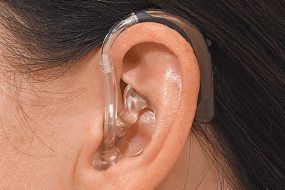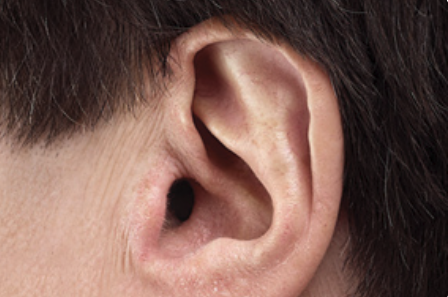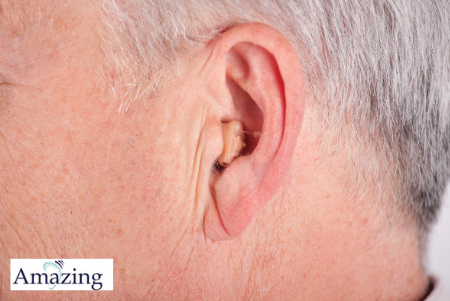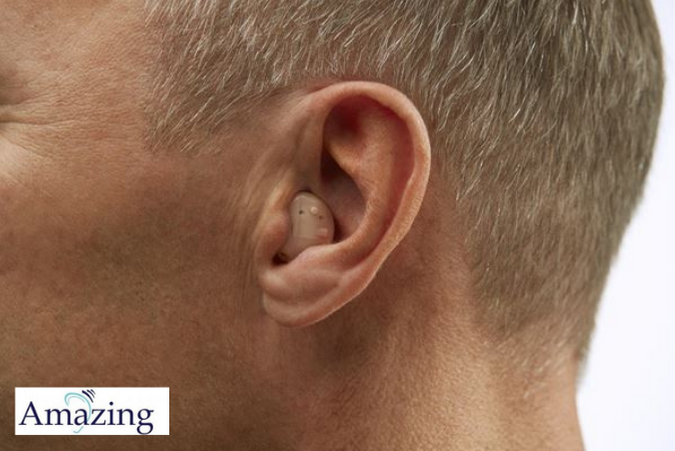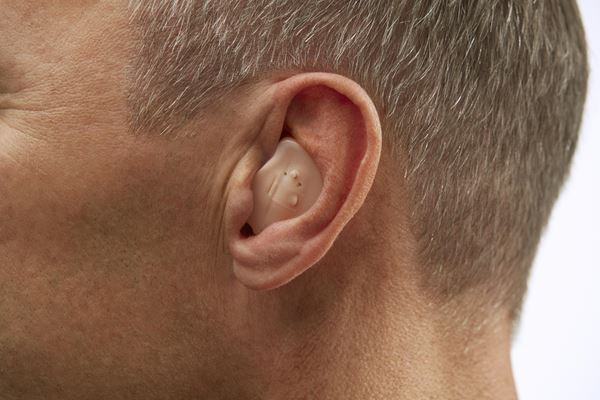Types of hearing loss & their symptoms
Home » Types of hearing loss & their symptoms
However do not confuse the symptoms or degree of hearing loss to the type of hearing loss that one is facing. The way in which hearing loss is categorised, depends largely on the part of the ear that is being affected. If you would like to read more about the common causes of hearing loss, and how your ear works, you can read about it more here.
There are 3 main types of hearing loss, as explained below.
General Symptoms of
Hearing Loss:
- Difficulty understanding words said by another person in close proximity against a noisy background
- Frequently asking others to repeat their words clearly and loudly
- Needing to turn up the volume of other audio outputs often (including your phone)
- Hearing sounds in muffled tones
- Hearing ringing or hissing sounds in your ears (could be continuous and varies in loudness. Can even affect your sleep if is severe)
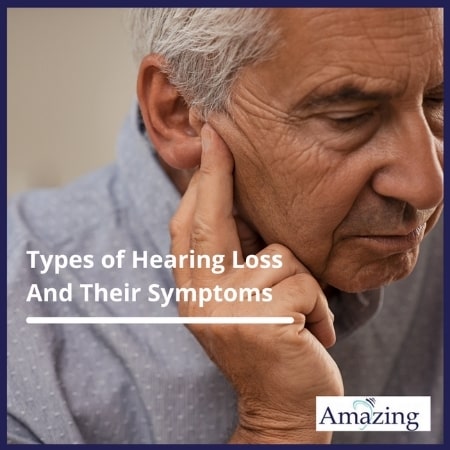
The 3 Main Categories of Hearing Loss:
- Conductive Hearing Loss (outer to middle)
Hearing loss that is experienced due to something that is stuck in the outer ear that is preventing sound from even entering the middle ear. Can be caused by any pain or pressure in your ears that is caused by a sudden accident.
(Symptoms are similar to general symptoms of hearing loss, but it occurs at a faster rate)
- Sensorineural Hearing Loss (inner ear)
Hearing loss that is experienced due to problem in the inner ear ear and hearing nerve.
(You feel that your ear is stuffy and “full”, and you might end up feeling dizzy. Experiencing ringing is another symptom)
- Mixed Hearing Loss
Hearing loss that is experienced due to both issues in the outer to middle ear and inner ear.
This excludes auditory neuropathy spectrum disorder, where some might categorise this under the fourth type of hearing loss or place this under a sub-category of sensorineural hearing loss. This type of hearing loss happens when sound can enter the ear normally, but because of the inner ear or hearing nerve damage, the electrical signals cannot be transferred to the brain in such a way that it can understand.
Need a Hearing Test From Us?
4 Degrees of Hearing Loss:
- Mild
Soft sounds become hard to hear
- Moderate
Hears almost no to little speech when a person is talking at a normal level
- Severe
Hears no speech when a person is talking at a normal level and only hears some loud sounds
- Profound
A person with this degree will not be able to hear any speech and is only able to pick up loud sounds
If you are experiencing any of the symptoms mentioned above or experiencing more than just a mild degree of hearing loss, we advise that you consult a hearing aids specialist in Singapore as soon as possible.
Other ways to describe hearing loss:
- Unilateral or Bilateral
Hearing loss is one ear or both ears respectively
- Pre-lingual or Post-lingual
Pre-lingual: Hearing loss that happened before a person learned to talk
Post-lingual: Hearing loss that happened after a person learned to talk
- Symmetrical or Asymmetrical
Symmetrical: same hearing loss experienced in both ears
Asymmetrical: hearing loss that is experienced differently in each ear
- Progressive or Sudden
Progressive: hearing loss that worsens over time
Sudden: hearing loss that happens quickly over a short period of time
- Fluctuating or Stable
Fluctuating: hearing that gets better or worse over time
Stable: hearing that stays the same over a specific period of time
- Congenital or Acquired/Delayed Onset
Congenital: hearing loss that was present at birth
Delayed: hearing loss that occurred later in life
Hearing Loss Treatments Available
- Surgery
- Antibiotics (if prescribe accurately by a doctor)
- Ear wax treatment (if your outer ear is affected)
- Using a hearing aid
If you know of someone that is experiencing hearing loss, recommend them to a hearing aids specialist today


